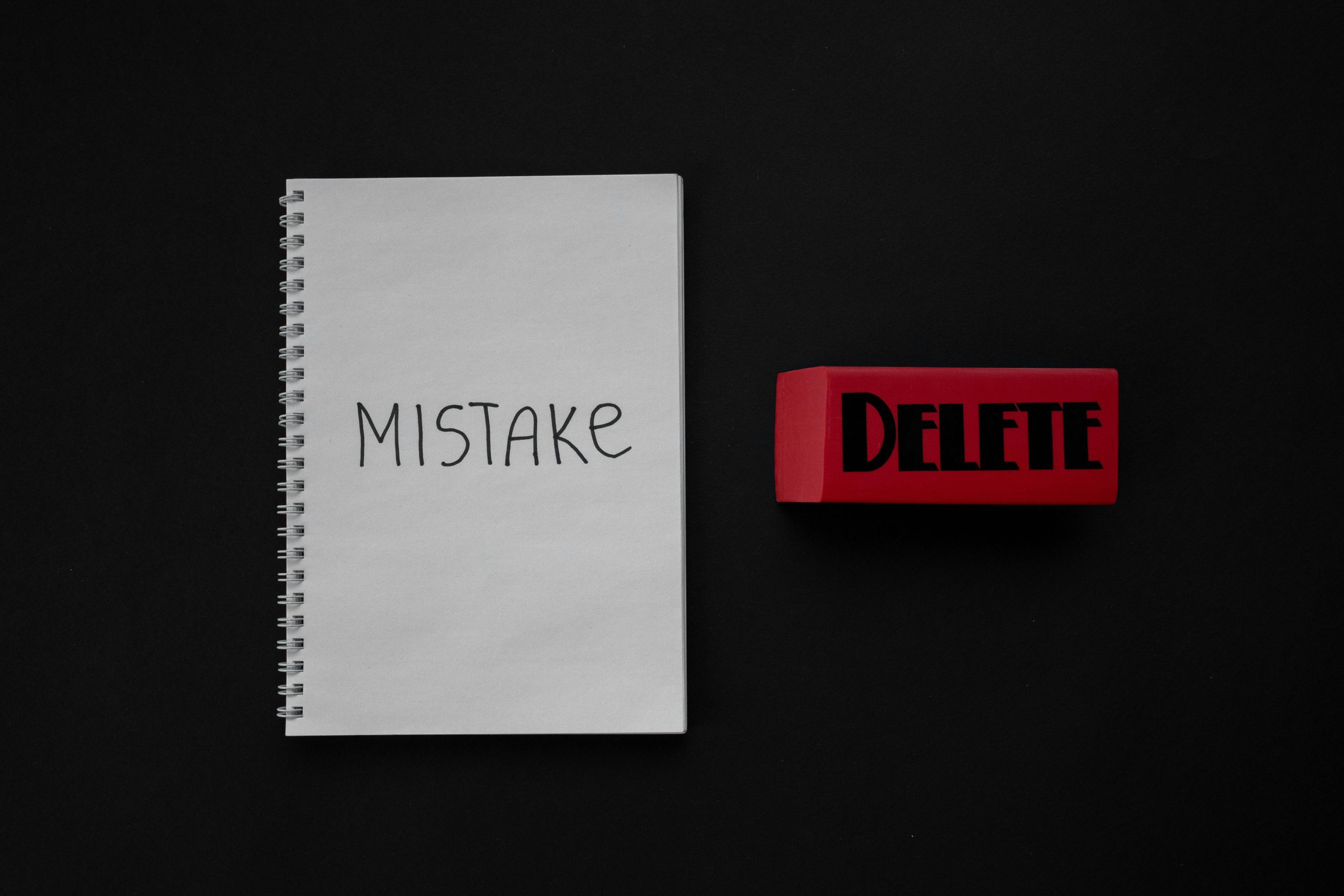What Is Estimated Tax & Who Does It Apply To?
Published:
Understanding the IRS Requirements for Estimated Taxes
Everyone must pay taxes on the income they receive during the year, whether it is from a job, self-employment, or other sources. The IRS expects to receive tax payments as your income is earned, not just at the end of the year when you file a tax return. This is referred to as a “pay as you go” system.
While those who are employed will usually have taxes withheld from their paychecks and sent directly to the IRS, some people will need to make these tax payments on their own in the form of Estimated Tax.
What Is Estimated Tax?
Estimated tax is a method of paying tax on income that is not subject to withholding tax. This can include income from self-employment, business earnings, interest, rent, dividends and other sources.
The IRS requires estimated tax to be paid quarterly, typically in 4 equal installments. If you underpay your estimated tax, you will have to write a bigger check to the IRS when you file your tax return. If you overpay your estimated tax, you will receive the excess amount as a tax refund (similar to how withholding tax works).
Who Must Pay Estimated Taxes?
There are several factors that can determine whether you need to pay quarterly estimated tax.
As a general rule, if your tax liability is $1,000 or more for the year, you are expected to make estimated tax payments. For instance, if you owed more than $1,000 in taxes when you filed your tax return last year, the IRS expects that you will either have more tax withheld from your paychecks or that you’ll make estimated tax payments the following year.
The following types of people are generally required to make estimated tax payments:
• Self-Employed Persons or Sole Proprietor Business Owners. Those who have income from their own business will need to make estimated tax payments if their tax liability is expected to be more than $1,000 for the year. This includes both part-time and full-time enterprises.
• Partners, Corporations, and S Corporation Shareholders. Business ownership earnings usually will require estimated tax payments. In the case of corporations, estimated tax payments must be made if the corporation is expected to have at least $500 in tax liability.
• People Who Owed Taxes for the Prior Year. If you owed taxes at the end of last year, it probably means that too little was withheld from your paychecks, or you had other income that increased your tax liability. This is a flag to the IRS that you should be making estimated tax payments.
How to Make Estimated Tax Payments
IRS Form 1040-ES (Estimated Tax For Individuals) is used to calculate and pay estimated tax.
To determine how much you have to pay for estimated tax, you must compile your income, deductions, credits, and paid taxes — much like filing a yearly tax return. Most people can look at their income/liability numbers from the previous year to gauge what they’ll owe the next year.
For the purpose of estimated tax, the year is divided into 4 payment periods. Each period has a specific payment deadline, and failing to pay on time can result in IRS penalties:
• January 1 — March 31: Deadline is April 15
• April 1 — May 31: Deadline is June 16
• June 1 — August 31: Deadline is September 15
• September 1 — December 31: Deadline is January 15 (of the following year)
Remember that it is important to submit your tax payments on time. Even if you’ve already missed a few installments for estimated tax, you should still try to pay them as soon as possible.
For more information, please refer to IRS Publication 505 (Tax Withholding and Estimated Tax).



